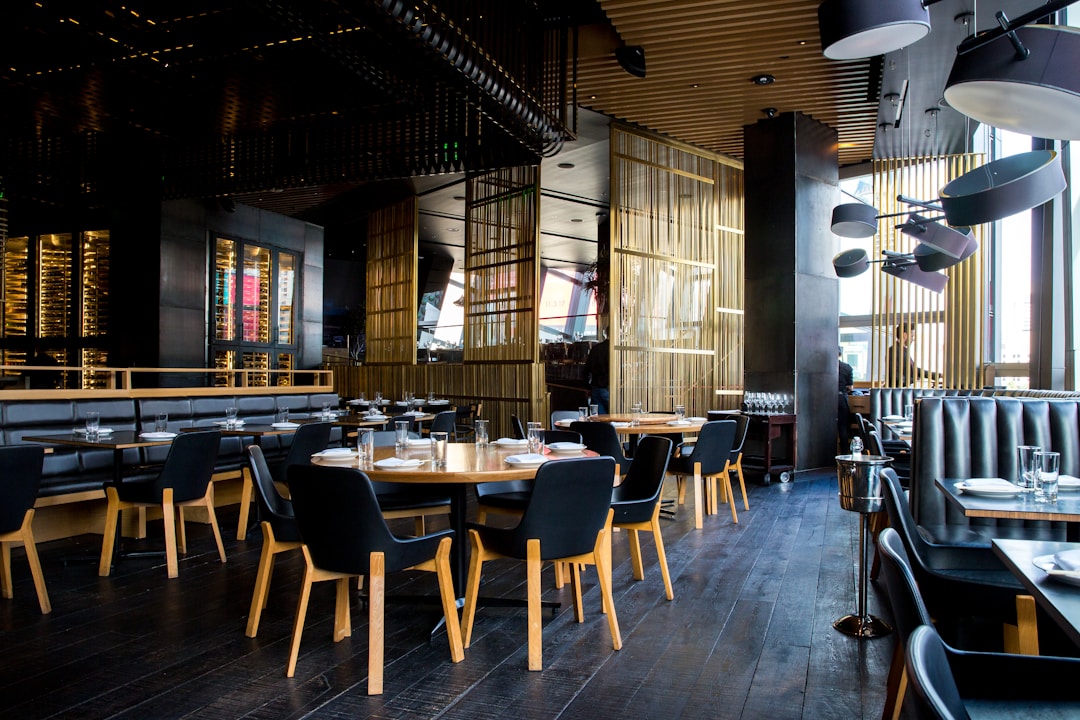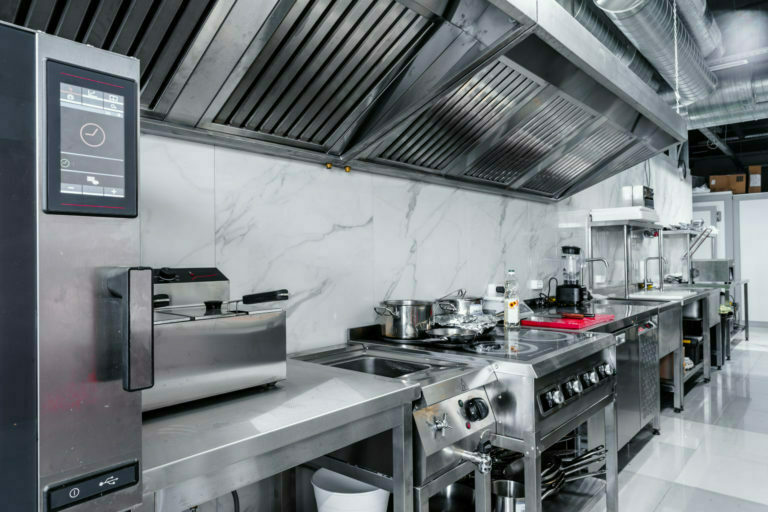Being an aspiring entrepreneur, you might have a dream to establish your own restaurant and bring your personal culinary perspective to the tables of many. However, embarking on the journey toward this goal can come with many challenges. In this article, we will guide you step-by-step from conception to grand opening on how to start your restaurant. Keep reading to learn more.
Idea Generation and Conceptualization

To start a restaurant, you initially have to decide on its idea and concept. Your concept can be anything that suits your interests and expertise, ranging from fast-casual and fine dining to food trucks and pop-up restaurants. Know that originality is key in the industry and can be a major force in driving your success.
If you’re still in the ideation phase, it may be helpful to imagine how you would describe your restaurant to potential investors. What would your elevator pitch be? If you cannot encapsulate your idea in a few distinct words, you may need to distill it further. Remember that the clearer your concept, the easier it will be to carry out other aspects of your business, like marketing and branding.
Beyond knowing the kind of restaurant you want to start, it’s important to consider how it will fit in the market. To do this, you need to conduct a thorough market research. Find out what kind of restaurants are doing well in your chosen location and create a concept that complements rather than competes with these establishments. After all, the goal is to carve a unique niche in the market.
Selecting a Suitable Location and Layout

Once you are ready to make your dream a reality, a significant step will be to select a suitable location. However, a point to note is that the success of the restaurant greatly depends on its accessibility. Therefore, you must choose a location that is easily accessible by foot or vehicle, has good visibility, and is near places such as shopping malls, universities, and office complexes to attract traffic.
After selecting the location, you need to plan the layout of the restaurant. The layout primarily comprises the dining area, kitchen, storage, and restrooms. Ensure that the layout and seating design is created in a way that facilitates efficient workflow without hampering the dining experience of the customers.
The kitchen is the heart of any restaurant, and having quality appliances and tools can make a significant difference in the success of your establishment. Quality appliances and tools are essential for several reasons. First and foremost, they contribute to the efficiency of your kitchen operations. Commercial-grade appliances are specifically designed to handle high-volume cooking, baking, cleaning, and refrigerating, ensuring that your staff can work quickly and seamlessly, even during peak hours. These appliances are built to withstand the demands of a busy kitchen, reducing the risk of breakdowns and downtime.
You might consider sourcing your appliances and other items from a wholesale equipment supplier like GoFoodservice. These suppliers are dedicated to providing the highest quality commercial kitchen equipment and supplies to food service establishments of all sizes. With a vast selection of products ranging from refrigeration units and cooking equipment to small wares and furniture, they can be the one-stop shop for all your kitchen and restaurant needs.
Developing a Business Plan
In order to get your restaurant off the ground, you’ll also need to create a solid business plan. This should outline in detail how your restaurant will operate, from service style and menu to the financials. Your restaurant business plan should be dynamic, changing as your restaurant concept takes shape. It’s important to remember that a business plan is not just a tool to gather funding but also a blueprint for your business—so it should be detailed and realistic.
Write a detailed account of your business setup plan. Determine your target market, analyze your competitors, and plan your marketing strategies. Finances form a crucial part of your plan as well, including your initial investment, recurring costs, and expected revenue. You’ll also need to include your strategies for attracting customers and your plans for growth.
Having a solid business plan can also help you in securing funding. Whether you’re looking for a bank loan or seeking investments from private investors, showing a clear and thorough business plan will increase your potential for success. Managers or potential business partners will also see it easier to trust in your vision if you have documented and planned it out clearly.
Menu Development

The menu is the heart of your restaurant and the primary reason your customers choose to dine with you. Therefore, developing an enticing menu is essential. Create a menu that represents your concept, enhances your brand, and stands out from your competition. Incorporate dishes that you specialize in and are passionate about. Balance the menu, not only in terms of taste but also in terms of cost, so that your restaurant earns decent profit while still providing an enjoyable experience for your customers.
While creating the menu, do not forget the special dietary needs of your customers. Offering gluten-free, vegan, or low-calorie options can appeal to a broader range of customers. Your objective should be to make each dish on your menu attractive enough that it doesn’t matter what the customer orders; they will be happy.
You must also consider the visual layout of the menu. The design of your menu should match your restaurant’s aesthetic and vibe. Consider working with a professional designer to ensure your menu is visually appealing and accurately represents your brand.
Hiring and Training Staff

A successful restaurant needs a team of skilled and dedicated staff. From cooks and waitstaff to managers and dishwashers, hiring the right people is crucial for your restaurant’s operation and reputation. Make sure that your staff compliments your restaurant’s vision and goals.
After hiring, invest your time in training the staff. Training prepares them to meet the performance standards that your restaurant strives to maintain. It’s important to ensure that all of your staff understand their roles, duties, and expectations to enable smooth operations and a high standard of service for your customers.
Implement a continuous training program for all employees, including managers. This will not only equip them with better skills but also provide them with opportunities for growth within your business. Happy, motivated staff are more likely to provide a better dining experience for your customers.
Grand Opening and Promotions
After all the planning, organizing, and setting up, it’s finally time for the grand opening of your restaurant. But remember, a successful opening requires an effective marketing strategy. Use various promotional channels to reach out to your potential customers and invite them to your grand opening. Social media platforms, local newspapers, and radio stations are good places to start.
The grand opening isn’t just about spreading awareness of your restaurant’s launching; it is also about earning enthusiastic reviews and recommendations. Hence, ensure that your service, ambiance, and menu are up to the mark to impress your first set of customers.
Continue your promotional efforts even after the opening. Engage with your customers and make them feel special by offering loyalty programs, birthday discounts, and regular events. This will not only help in maintaining a steady customer base but also promote word-of-mouth advertising for your restaurant.
Overall, opening a restaurant is a challenging task that requires detailed planning, immense hard work, and knowledge about various aspects of a business. From designing restaurant seating to writing a complex business plan and training staff, there are many things that must happen before a successful business launch. However, with the right approach, you can make your dream restaurant a reality and create a dining destination that people will love and cherish.







